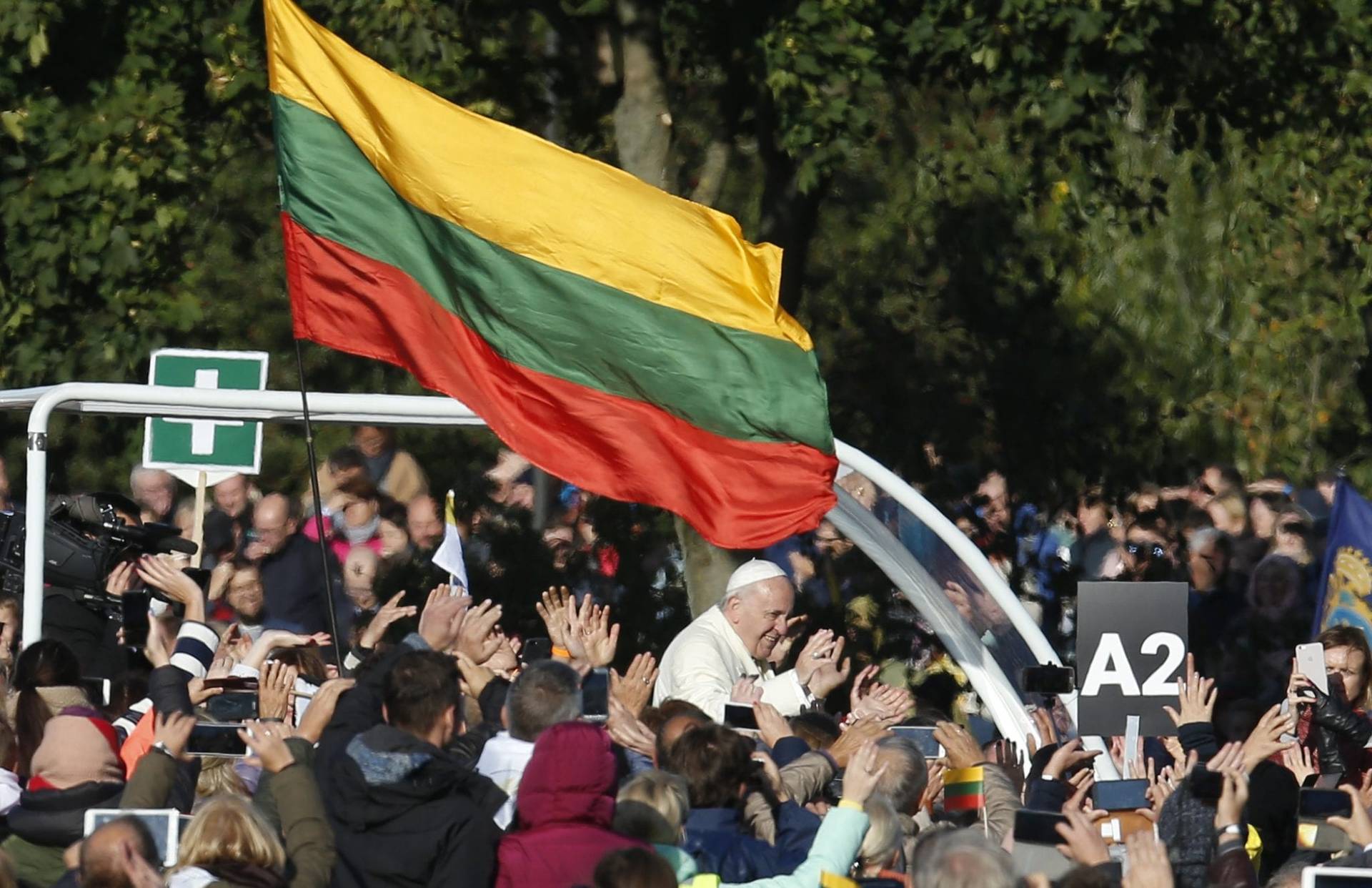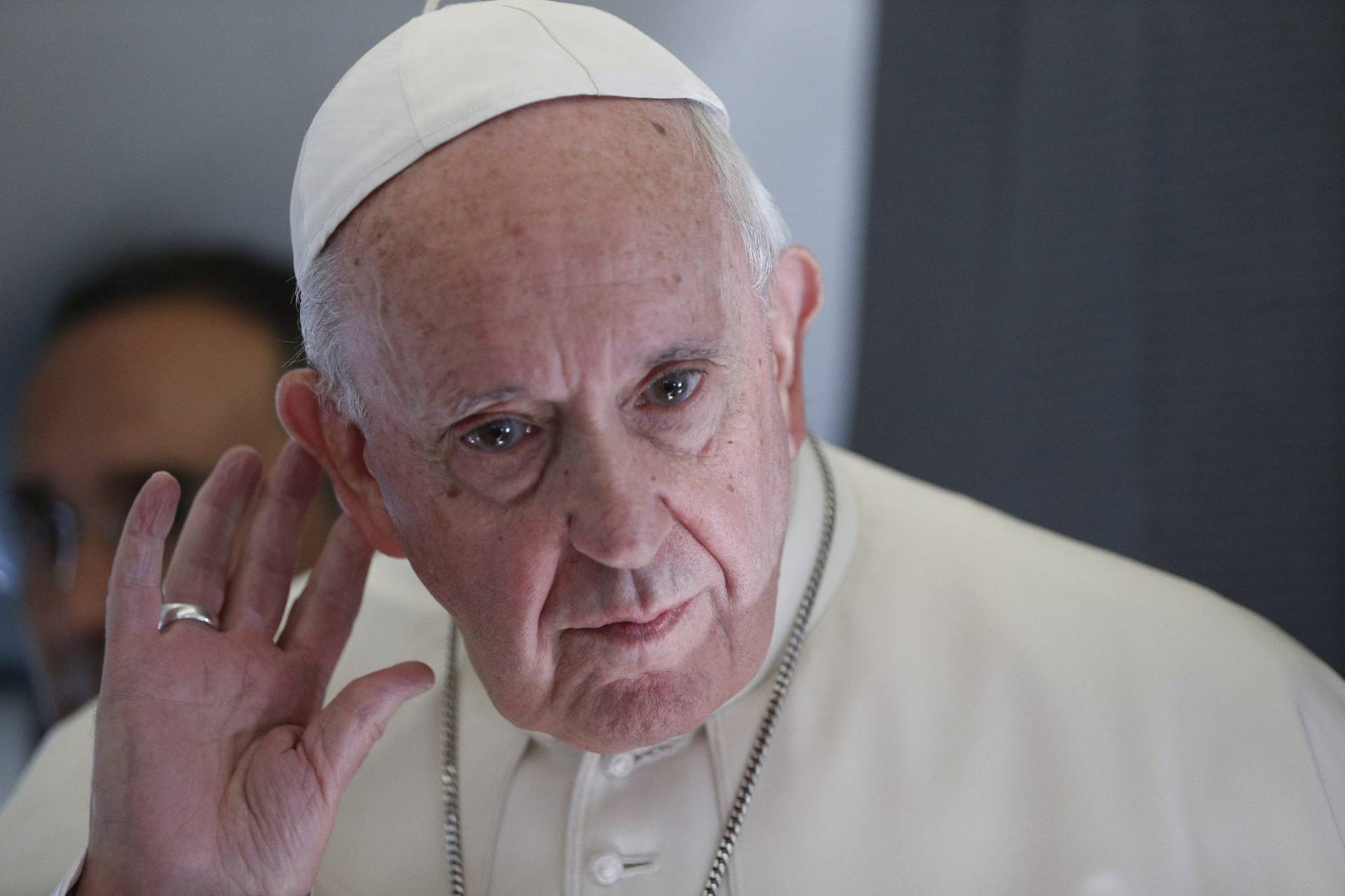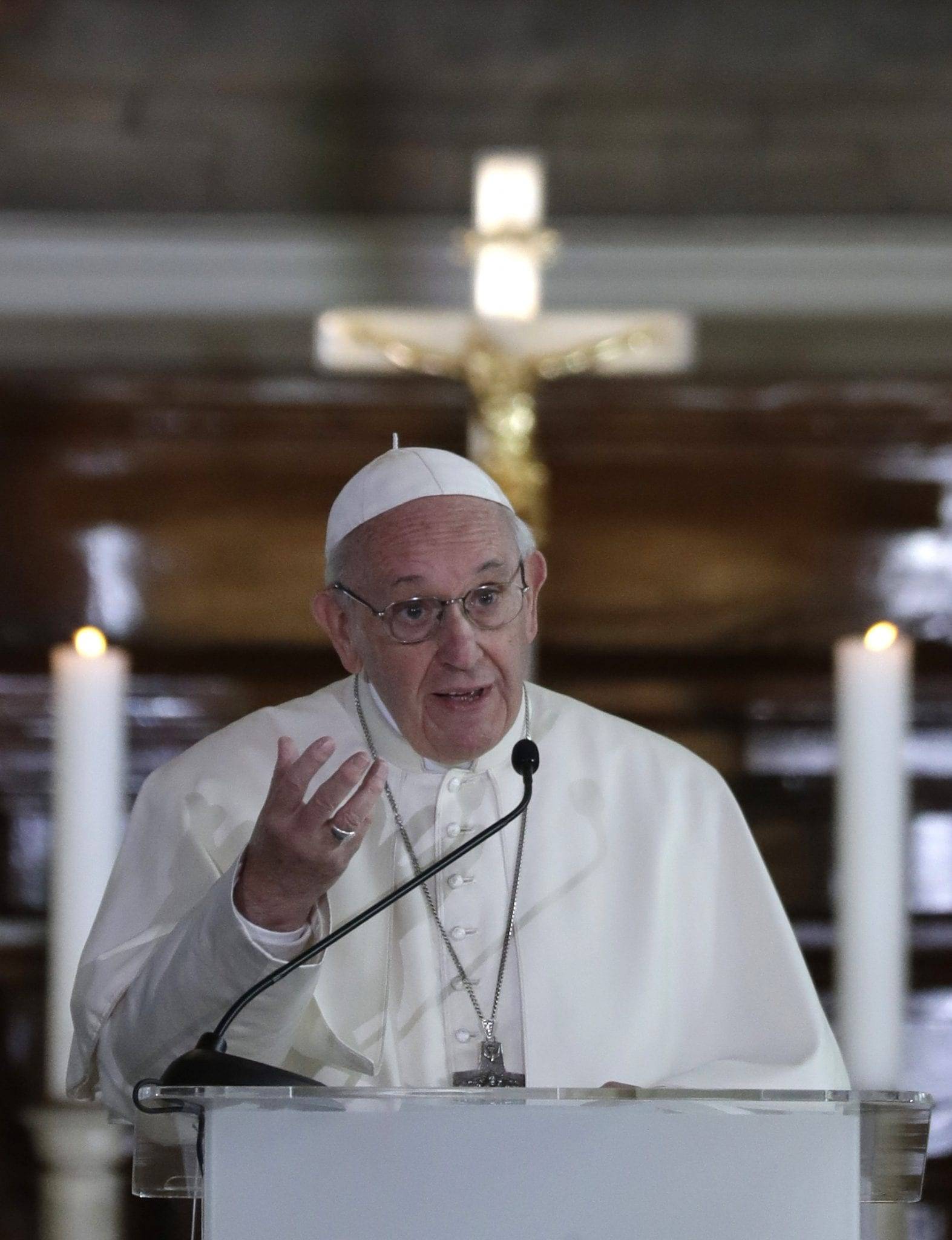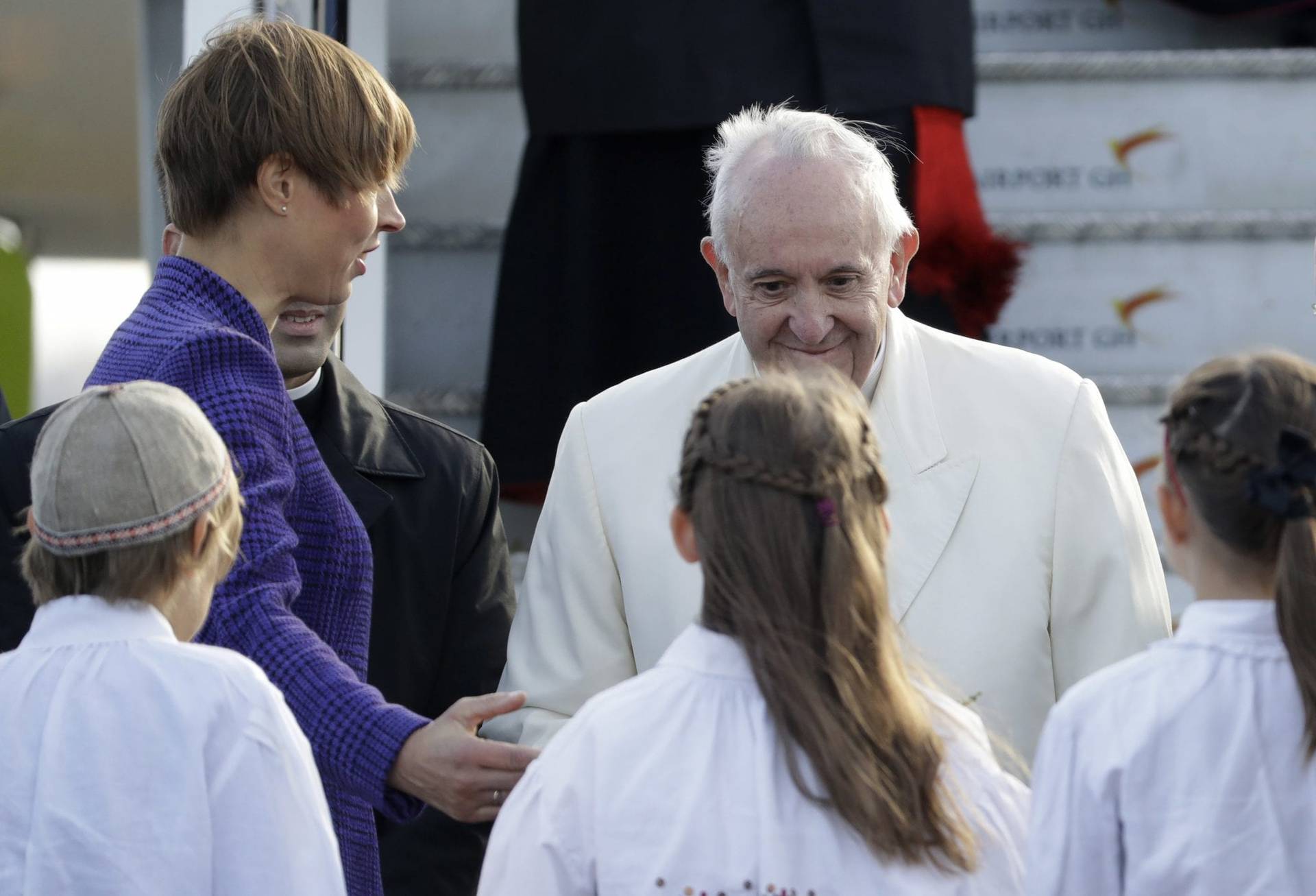ROME – Baltic states know their fair share about invasions, having been attacked by Danes, Germans, Poles, Swedes and Russians at various points. But Sep. 22-25, it will be an Argentinian pope taking these Northern European countries by storm, in what should be among the friendliest incursions in their history.
What Pope Francis is seeking to conquer are the hearts and minds of the Catholic people in Estonia, Latvia and Lithuania on the centenary of their independence, and under the rubric of ecumenism and peace.
The four-day visit holds the promise of allowing Francis to take a break from the financial and sexual abuse scandals currently absorbing the Vatican and return to his passion for promoting a Church of dialogue, mercy and closeness to the people.
Yet the papal trip to the Baltics also presents its own unique set of opportunities and challenges.
For one thing, Francis will be attempting to engage youth and promote Catholic ideals in a region of the world where the Church sometimes has a small footprint, and where atheistic secularism can seem the “state church.”
Francis will engage with other faith communities in the area, from the Jewish community to Protestants and Orthodox Christians. In Estonia especially, the pope will also meet with a largely non-confessional society.
That allows the pontiff to build bridges with other religions and Christian traditions, but also means he’ll have to navigate some of the issues that often divide them.
Timing and geography will also play a key role. Francis will visit the Baltic states only 26 years after the retreat of the Soviet troops and in a moment in which Russia appears globally resurgent, meaning Moscow will be paying careful attention to the pontiff’s performance.
Francis’s pontificate has done much to promote dialogue and encounter with Russia, and most likely the pope will avoid jeopardizing the carefully established relationship. However, given the history between Moscow and Rome, it wouldn’t take much to revive fears of Catholic and papal encroachment.
The clerical sexual abuse scandal, while temporarily placed in brackets, will not be forgotten, and it’s difficult to imagine a scenario where the issue will not be brought up by journalists following the event.
Opportunities: Youth, ecumenism and the nonbelievers
Francis’s first stop will be in Vilnius, Lithuania, where beyond meeting dignitaries and officials of the country, he will attend an event with youth. The pope will give a speech and listen to the testimonies of a young man and woman.
The meeting with youth acquires special significance given that on the other side of the Baltics trip in October, the Vatican will host a summit of bishops, called a synod, focusing on “young people, the faith and vocational discernment.”
The event has been clouded in doubt as some bishops, including papal ally U.S. Cardinal Joseph Tobin, have chosen not to attend due to consequences of the sexual abuse scandal. Francis speaking to young people and reminding them that despite the scandals, the Church is also about them, could help bring home the importance of the synod.
The pope will also meet young people on his last day in Tallin, Estonia, where he will engage in an ecumenical encounter.
In the Lutheran Cathedral in Riga, Latvia, the pope will take part in an ecumenical prayer with the Lutheran Archbishop and other representatives of Christian Churches in the area. In the Vilna Ghetto, Francis will lay flowers in remembrance of the Jews who were beaten, deported or killed there.
The message is clear – this pope wishes to build lasting bridges with other faiths and denominations and overcome the divisions of the past.
Finally, the secular ethos of the Balkans might provide Francis one more opportunity.
The pope is widely liked by people belonging to no religious group in light of his humble and pastoral approach, spontaneous personality and seemingly progressive views. A 2015 Pew research center survey found that in the United States, for example, two-thirds of religious “nones” (68 percent) viewed the pope favorably.
In this sense, the Baltics present an opportunity for Francis to flex his missionary muscles on those who either have never experienced the Church, or who’ve left it behind.
One last point: Estonia and Latvia were once known as the Land of Mary, and Francis will pay a visit to the Shrine of Mary, Mother of Mercy in Kaunas, Estonia. The pope has a special dedication to Mary and the trip will no doubt provide echoes of that devotion.
Challenges: A growing Church and Russia
For years under Soviet occupation, the Church in the Baltics was gagged and not allowed to perform its ministry, especially with young people. The result was a crippled Church tasked with reestablishing the faith from the ground up.
“The know-how was lost, and the experience of youth work was lost,” said Monsignor Visvaldas Kulbokas, counselor at the Vatican embassy to Russia, during a press briefing in Rome Sept. 5.
The challenge for Francis will be to impress on the local churches his message of a Church that goes outside itself, to the peripheries and to the marginalized. The real measure of the pope’s success on this trip is whether the visit will renew the zeal of local faithful who see their ranks diminish every year.
What Church officials have called a “coincidence” with regard to the visit might look like foul play for nearby Russia. The Kremlin remembers all too well the “Singing Revolution” of the Baltic people. It was not so long ago that they joined together in peaceful protest and song, hoping to break the chains of Soviet occupation and usher in an age of freedom.
















